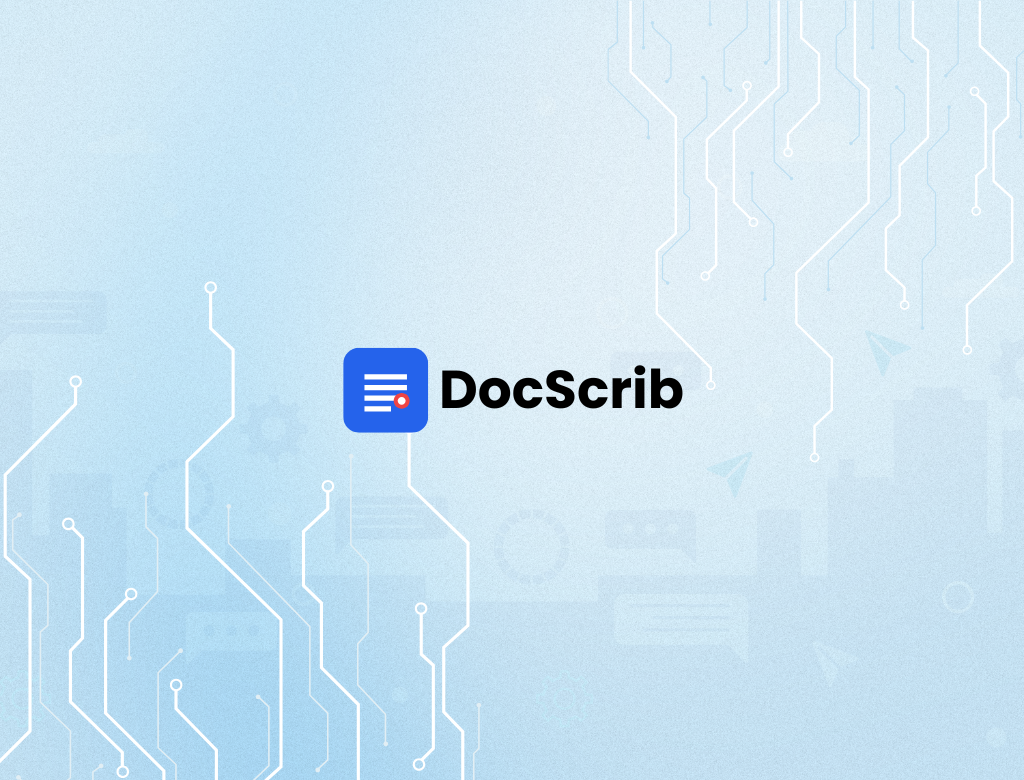By Team DocScrib | June 2025
“If it doesn’t work in the ED, it doesn’t work—period.”
— Dr. Ravi Desai, Emergency Physician, Level 1 Trauma Center
Emergency physicians don’t have the luxury of rephrasing sentences or waiting for an AI tool to catch up. Every second counts. The pace is brutal, the interruptions constant, and the cognitive load heavy. So when it comes to clinical documentation, the last thing an ED doc needs is a tool that slows them down.
That’s exactly why AI medical scribes have caught the attention of emergency departments nationwide—but not all scribes are created equal.
What the ED Really Needs From an AI Scribe
Let’s be honest: most AI scribes are built with outpatient clinics in mind. They assume long conversations, quiet rooms, and predictable flow. None of that exists in emergency medicine.
Here’s what matters in the ED:
-
Ambient listening during chaotic encounters
-
Recognition of fragmented speech and shorthand
-
Ability to capture acute histories, rapid assessments, and time-sensitive interventions
-
Real-time or near-instant documentation
-
No lag. No clicks. No toggling between screens
Why DocScrib Works When It’s 3 AM and You’re Managing 4 Beds
DocScrib was built to function in the noise—literally and figuratively. It doesn’t need perfectly dictated sentences. It listens in the background, picks up critical details, and structures notes so physicians can focus on stabilizing patients—not typing vitals.
“It caught the entire FAST exam discussion between me and the resident—and turned it into a usable note without me touching the keyboard.”
— Dr. Lauren Kim, Emergency Medicine, NYC
Here’s What Makes DocScrib a Natural Fit for the ED:
-
Ambient AI with zero manual start/stop — just walk into the room and talk
-
Understands ED-specific phrases like “R/O ACS,” “CT head stat,” or “GCS 13 post-Narcan”
-
Builds structured notes for trauma, cardiac, neuro, psych, peds—all on the fly
-
Integrates directly into most EHR systems
-
HIPAA-safe, encrypted, and real-time
Real Impact: What Docs Are Saying
| Metric | Without DocScrib | With DocScrib |
|---|---|---|
| Time per note (avg) | 8–10 minutes | 2–3 minutes |
| End-of-shift note backlog | 6–10 charts | 0–2 charts |
| Self-reported burnout | High | Significantly lower |
| Chart accuracy (QA review) | 87% | 96% |
It’s not just about finishing notes faster. It’s about walking out of the ED with your mind still intact. That matters.
The Other Tools? Mostly Built for Quiet Clinics
We won’t name names, but here’s the reality:
Most AI scribes that market to clinicians can’t handle the controlled chaos of emergency care. They get overwhelmed by overlapping voices, can’t process abbreviated medical terms, and break the flow if you stray off-script.
DocScrib doesn’t ask you to adapt to it—it adapts to the way you practice.
Final Thought: The ED Deserves Tools That Actually Work
Emergency medicine is gritty, unpredictable, and intense. Documentation shouldn’t make it harder. You need something that can move at your speed, understand your language, and hold up under pressure.
DocScrib doesn’t pretend to be magic—it just shows up, listens, and gets the job done.
Because when the code blue is over, your notes should already be written.
🩺 Want to test DocScrib in your ED?
We’ll set up a live trial that fits your shift. No sales fluff. Just real support.
📬 Email us at contact@docscrib.com or visit docscrib.com to learn more.
